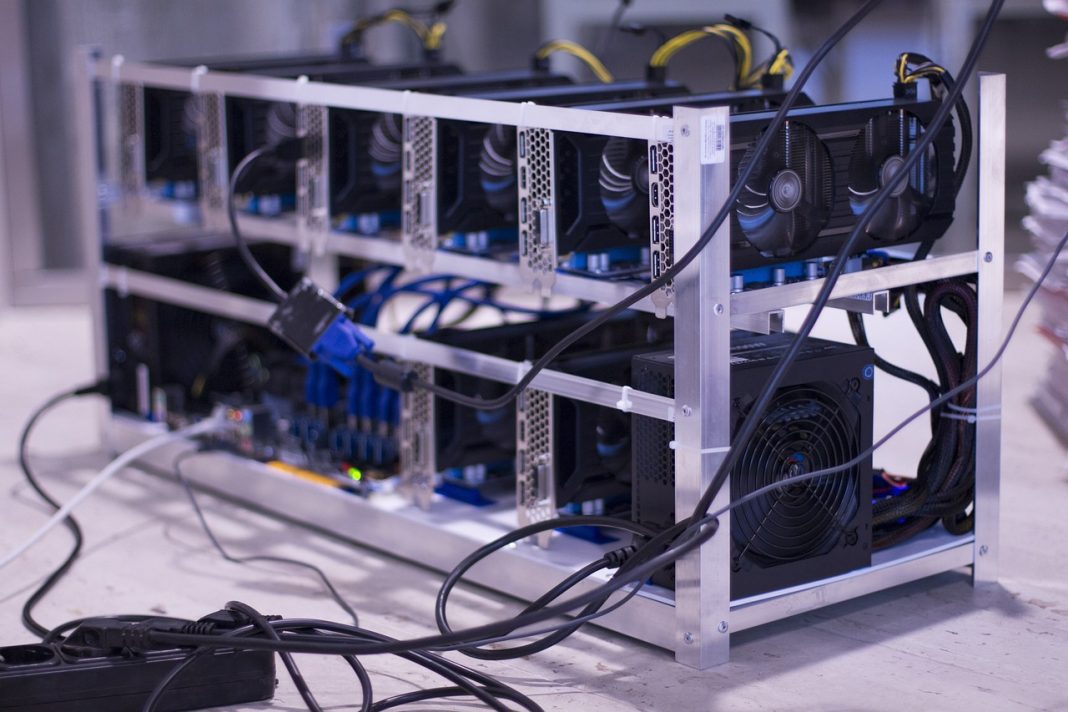In today’s digital age, the world of finance and payment is rapidly transforming. Cryptocurrency, a decentralized form of digital currency, has gained immense popularity and traction. As more people become interested in cryptocurrencies, one of the questions that often arises is how to mine them. Mining cryptocurrency is an essential aspect of the blockchain technology that underpins these digital currencies. In this article, we will explore the definition of cryptocurrency mining, the mining process, different types of mining, and how to get started with mining.
What is Cryptocurrency Mining?
Definition of Cryptocurrency Mining: Cryptocurrency mining is the process of validating and adding transactions to the blockchain, the digital ledger that records all transactions of a specific cryptocurrency. The mining process involves using powerful computer hardware to solve complex mathematical problems that validate and secure transactions.
Mining Process Explained
The mining process serves two primary functions. First, it validates and confirms new transactions on the network. Second, it adds these validated transactions to the blockchain. Miners achieve this by competing with each other to solve computational puzzles. These puzzles are designed to be difficult so that it requires substantial computational power and energy to solve them.
Role of Miners in the Blockchain
Miners play a crucial role in maintaining the integrity and security of the cryptocurrency network. By solving complex mathematical problems, miners provide proof of work (PoW) to validate and confirm transactions. Once a miner solves a puzzle, the solution is shared with the network, and other miners verify the validity of the solution. Once verified, the transaction is added to the blockchain. Miners are rewarded for their efforts with newly minted cryptocurrency tokens or transaction fees.

Types of Cryptocurrency Mining
Proof of Work (PoW)
Proof of Work is the most common mining algorithm used by cryptocurrencies, including Bitcoin. It requires miners to solve a complex mathematical problem by performing countless calculations. The miner who solves the puzzle first gets to add the new block of transactions to the blockchain and receive a reward in the form of cryptocurrency.
Proof of Stake (PoS)
Proof of Stake is an alternative to Proof of Work and is used by some cryptocurrencies like Ethereum. In Proof of Stake, miners are chosen to validate transactions based on the amount of cryptocurrency they hold and “stake” in the network. The more currency a miner holds, the more mining power they have.
Other Consensus Algorithms
In addition to Proof of Work and Proof of Stake, there are various other consensus algorithms used for mining, such as Delegated Proof of Stake (DPoS), Practical Byzantine Fault Tolerance (PBFT), and Directed Acyclic Graph (DAG). These algorithms have different approaches to validating transactions and securing the network.
Getting Started with Mining
Choose a Cryptocurrency to Mine
The first step in mining cryptocurrency is to choose which cryptocurrency you want to mine. Bitcoin is the most well-known and valuable cryptocurrency, but there are numerous other options available. Consider factors such as the potential profitability, mining difficulty, and availability of mining resources for the chosen cryptocurrency.
Calculate the Mining Profitability
It is crucial to calculate the potential profitability of mining before investing time and resources. Factors such as the cost of electricity, the price of the cryptocurrency, and the mining difficulty should be considered in this calculation. Various online calculators are available to help estimate potential mining profits.
Choose the Right Hardware
The type of hardware you choose for mining will greatly impact its efficiency and profitability. Traditionally, miners used powerful graphics processing units (GPUs) or even central processing units (CPUs). However, as cryptocurrencies became more popular, specialized mining hardware known as application-specific integrated circuits (ASICs) were developed specifically for mining. ASICs are highly efficient at solving the computational puzzles required for mining.
Set up a Mining Rig
Once you have acquired the necessary hardware, you will need to set up a mining rig. The mining rig is the physical setup that houses the mining hardware. It requires adequate cooling and a stable power supply to ensure the hardware operates optimally.
Join a Mining Pool
Joining a mining pool is a popular choice for miners who don’t have access to large amounts of computational power. In a mining pool, multiple miners combine their resources and mining power to increase the chances of solving puzzles and receiving rewards. The rewards are then distributed among the pool members based on their contribution.
Install Mining Software
After setting up your mining rig and joining a mining pool, you will need to install mining software on your computer. The mining software communicates with the mining hardware and the mining pool, allowing you to participate in the mining process. There are various mining software options available, specifically designed for different cryptocurrencies and mining hardware.

Best Practices for Cryptocurrency Mining
Mining Security and Safety
When it comes to mining, security should always be a top priority. It is essential to keep your mining equipment safe from physical theft or damage. Additionally, taking precautions such as using strong passwords, enabling two-factor authentication, and keeping mining software up to date can help protect your mining operation from cyber threats.
Electricity and Cooling Considerations
Mining can consume a significant amount of electricity and generate a considerable amount of heat. It is crucial to consider the electricity costs and ensure that your mining operation can be sustained economically. Additionally, appropriate cooling measures should be implemented to prevent mining hardware from overheating.
Stay Updated with Mining News
The world of cryptocurrency mining is constantly evolving, and staying updated with the latest news and developments is essential. This includes keeping track of changes in mining difficulty, new crypto mining technologies, and potential regulatory changes that may affect the profitability and viability of mining.
Is Cryptocurrency Mining Worth It?
Factors Affecting Mining Profitability
Mining profitability can vary based on several factors. The price of the cryptocurrency being mined is a significant factor, as it affects the potential value of the rewards received. The mining difficulty also plays a role, as a higher difficulty level requires more computational power and energy. Lastly, the cost of electricity and other operational expenses can impact mining profitability.
Cost-Benefit Analysis
Before engaging in cryptocurrency mining, it is crucial to conduct a thorough cost-benefit analysis. Consider the upfront cost of hardware, ongoing electricity expenses, and the potential profitability based on the current market conditions. This analysis will help determine whether mining is a worthwhile endeavor.
Future of Cryptocurrency Mining
As cryptocurrencies continue to evolve, so does the mining landscape. New mining algorithms, advancements in mining hardware, and potential changes in regulation can significantly impact the future of cryptocurrency mining. Staying informed about these developments will help miners adapt and make informed decisions.
Conclusion
Cryptocurrency mining is a complex process that serves the vital function of validating transactions and ensuring the security of blockchain networks. By understanding the mining process, different types of mining, and following best practices, individuals and businesses can participate in cryptocurrency mining. However, it is crucial to carefully consider factors such as profitability, resource availability, and regulatory environment before embarking on a mining venture.


